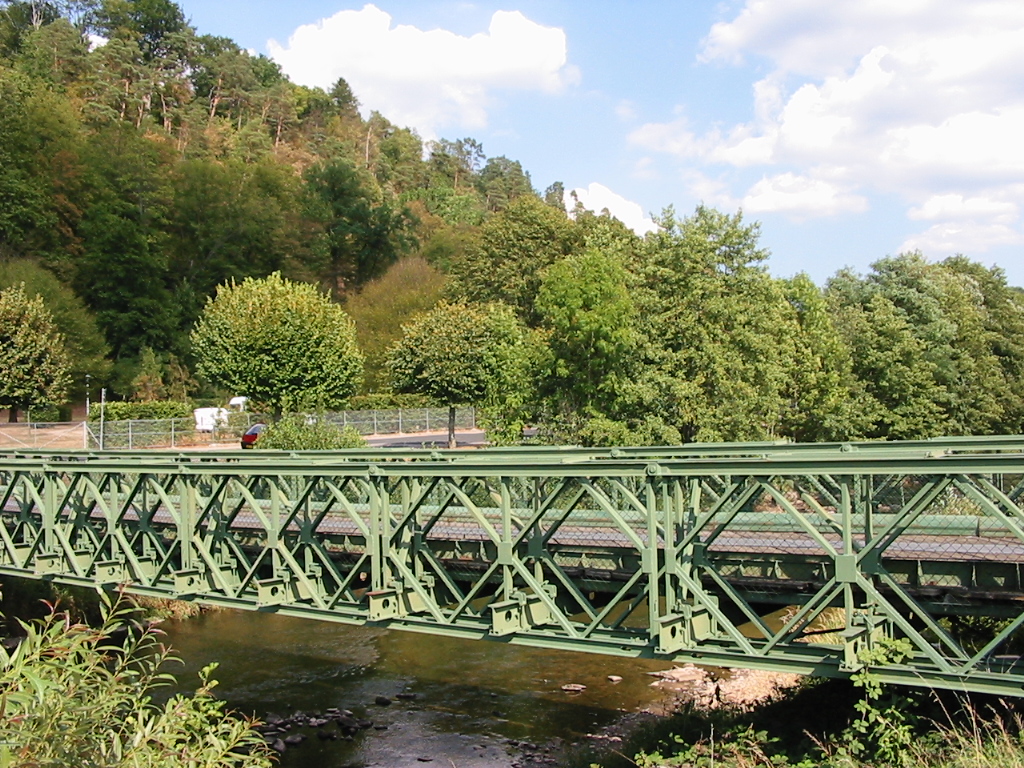Context:
The Indian Army’s Madras Engineer Group on built a “Bailey bridge” to boost rescue operation after a landslide in Wayanad, Kerala.
More on the news
- The deadly landslides that hit Kerala’s Wayanad district on July 30 have led to the deaths of more than 219 people as of August 4, with 206 still missing.
- The Indian Army’s Madras Engineer Group built a 190-foot Bailey Bridge in a record time of 31 hours at Chooralmala, to reach Mundakkai village, one of the worst-hit sites.
- The Bailey Bridge supports the movement of men, heavy machinery, and ambulances with a weight-carrying capacity of 24 tonnes, serving as a temporary solution until a permanent bridge is constructed.
What is a Bailey bridge?
- It is a type of modular bridge; one whose parts are pre-built so that they need minimal construction work and can be assembled quickly when needed.
- It is invented by Donald Coleman Bailey, an English civil engineer during World War 2 (1939-45).
- It is designed to be moved, rebuilt, or replaced in several hours, even under enemy fire.
- Such bridges were also used in the 1971 war with Pakistan for the liberation of Bangladesh.
- India and the Bailey Bridge: Bailey bridges have previously been built in a strategic village along the India-China border in Arunachal Pradesh and Uttarakhand in 2021 after flash floods.
How does the Bailey Bridge work?

- The bridge components are pre-constructed steel panels connected with large, screw-like pins. These pins are used to build the bridge’s guardrails.
- Through the guardrails on either side, workers place beams to form the deck or path of the bridge.
- No heavy installation equipment is needed.
- The design of the Bailey Bridge allows for easy extension and mobility, making it ideal for use in emergencies and wartime scenarios.

